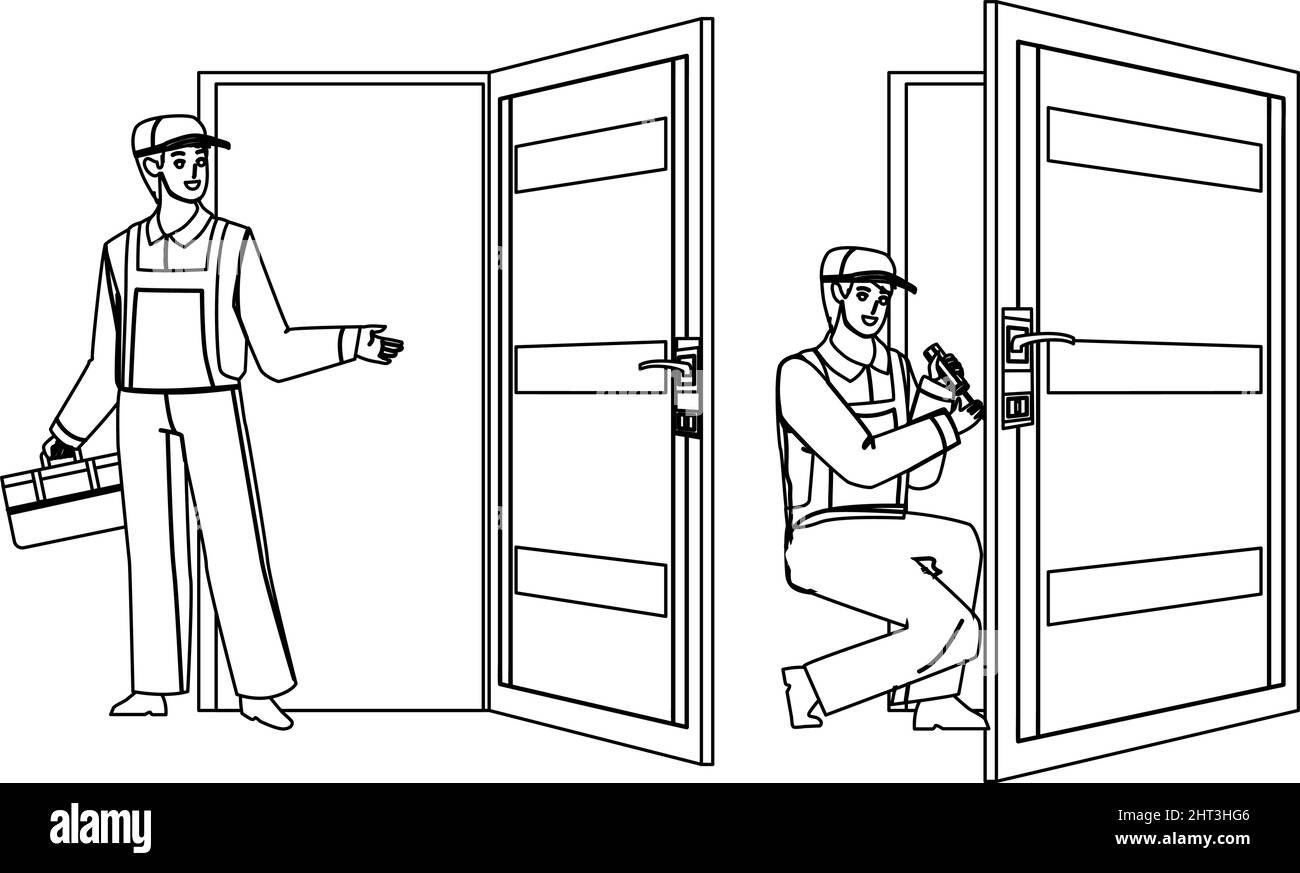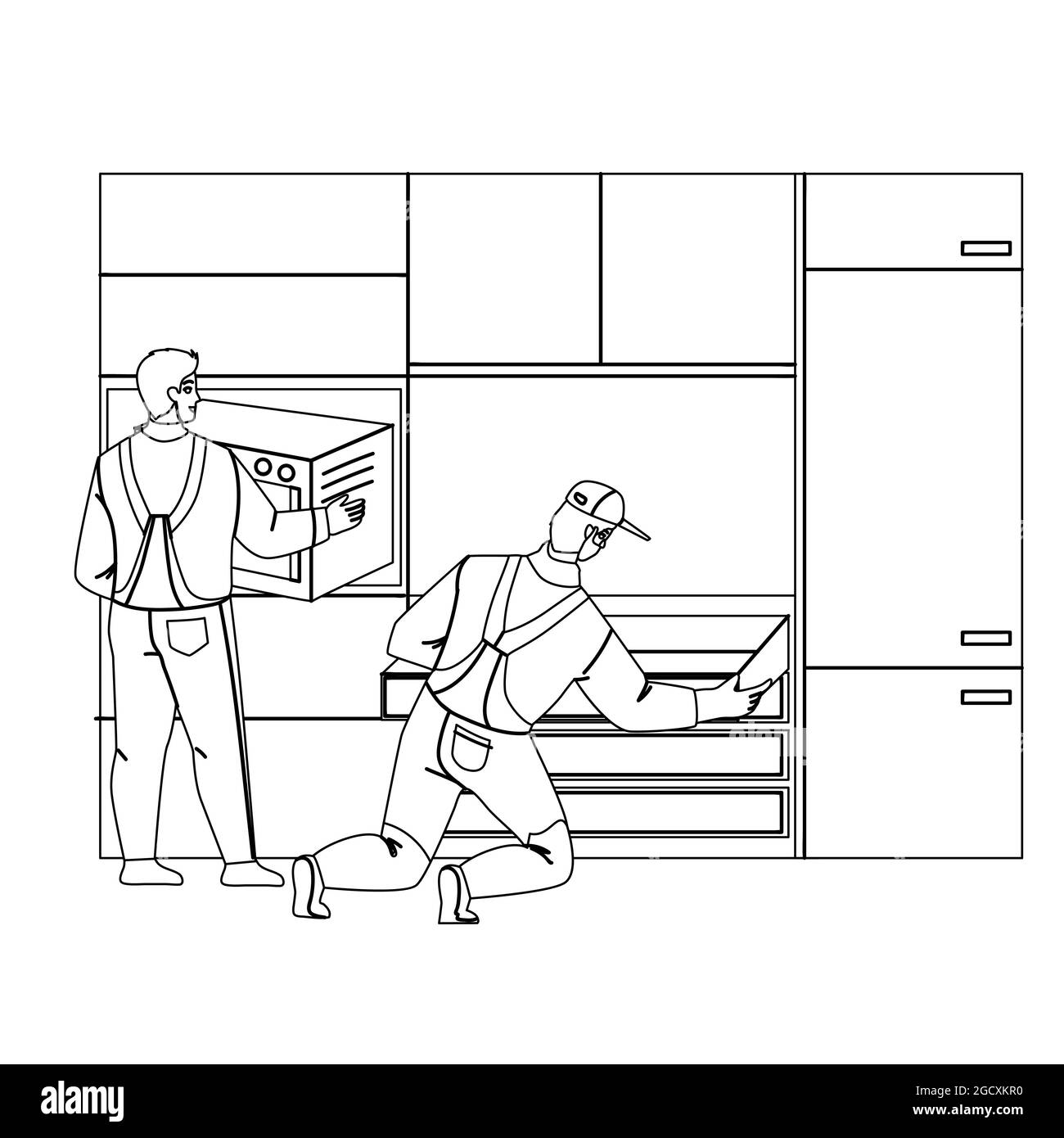
Installing Roof Racks Without Drilling: A Comprehensive Guide
Roof racks are a fantastic addition to any vehicle, unlocking a world of possibilities for transporting gear, luggage, and sporting equipment. They are especially useful for those who love outdoor adventures, helping you carry everything from kayaks and bikes to camping equipment and skis. Traditionally, installing roof racks involved drilling into the vehicle’s roof, a process that could be intimidating and potentially damaging. Thankfully, modern innovations have provided a variety of no-drill options, allowing you to equip your vehicle with a roof rack without compromising its integrity.
This comprehensive guide will explore the world of no-drill roof rack installations, covering the different types of systems available, factors to consider when choosing a rack, a step-by-step installation process, and tips for ensuring safety and longevity.
Why Choose a No-Drill Roof Rack System?
The primary advantage of a no-drill roof rack system is, of course, the elimination of drilling. This brings several benefits:
- Preservation of Vehicle Integrity: Drilling into your vehicle’s roof creates permanent holes, potentially leading to rust and water damage over time. No-drill systems eliminate this risk, preserving the original condition of your vehicle.
- Ease of Installation: No-drill systems are generally easier and faster to install than traditional racks. They often utilize existing mounting points or clamping mechanisms, simplifying the process.
- Reversibility: If you ever decide to remove the roof rack, a no-drill system leaves no lasting marks or damage. This is particularly valuable if you lease your vehicle or plan to sell it in the future.
- Reduced Risk of Leaks: Drilling creates potential entry points for water. No-drill systems, when installed correctly, minimize this risk, keeping your vehicle’s interior dry.
Types of No-Drill Roof Rack Systems
Several types of no-drill roof rack systems are available, each designed to work with specific vehicle types and roof designs:
-
Rain Gutter Mounts: These racks are designed for vehicles with rain gutters running along the edges of the roof. The rack’s feet clamp directly onto the gutters, providing a secure and stable attachment point. These are commonly found on older vehicles and some vans.
- Pros: Simple to install, sturdy, and relatively inexpensive.
- Cons: Only compatible with vehicles that have rain gutters.
-
Door Frame Mounts (Clip-On Racks): These racks utilize clips that attach to the vehicle’s door frames. The clips are designed to fit snugly and securely, distributing the load across the frame. These are a common solution for vehicles without factory mounting points.
- Pros: Versatile, can be used on a wide range of vehicles without rain gutters or factory mounting points.
- Cons: May require careful adjustment for optimal fit, can potentially cause minor wear on door frame seals, load capacity may be lower than other systems.
-
Factory Mounting Point Racks: Many modern vehicles come equipped with pre-installed mounting points hidden beneath plastic covers on the roof. These racks are designed to attach directly to these points, providing a secure and integrated solution.
- Pros: Very secure and stable, often designed specifically for the vehicle model, clean and integrated appearance.
- Cons: Requires the vehicle to have factory mounting points, may be more expensive than other options.
-
Magnetic Mounts: These racks use powerful magnets to adhere to the vehicle’s roof. They are typically used for carrying lightweight items like surfboards or paddleboards.
- Pros: Very easy to install and remove, no permanent modifications required.
- Cons: Limited load capacity, only suitable for specific types of cargo, may not be suitable for all vehicle roof materials.
-
Vacuum Cup Mounts: These racks utilize vacuum cups to attach to the vehicle’s roof. They provide a strong and secure hold, but require a clean and smooth surface for optimal performance.
- Pros: Versatile, can be used on a variety of vehicles, strong holding power.
- Cons: Requires a clean and smooth surface, may require periodic re-attachment, can be more expensive than other options.
Factors to Consider When Choosing a No-Drill Roof Rack
Before purchasing a no-drill roof rack, consider the following factors:
- Vehicle Compatibility: Ensure that the rack is specifically designed to fit your vehicle’s make, model, and year. Check the manufacturer’s compatibility chart or use an online vehicle fit guide.
- Roof Type: Determine whether your vehicle has rain gutters, factory mounting points, or a bare roof. This will dictate the type of rack you need.
- Load Capacity: Consider the weight of the items you plan to carry. Choose a rack with a load capacity that exceeds your needs. Remember to factor in the weight of the rack itself.
- Type of Cargo: Think about the type of cargo you will be carrying. Some racks are designed specifically for bikes, kayaks, or skis. Others are more versatile and can accommodate a wider range of items.
- Durability and Materials: Look for racks made from high-quality materials that can withstand the elements and resist corrosion. Aluminum and stainless steel are popular choices.
- Aerodynamics: Consider the rack’s aerodynamic design. A more aerodynamic rack will reduce wind noise and improve fuel efficiency.
- Ease of Installation: Choose a rack that is easy to install and remove. Look for clear instructions and simple mounting mechanisms.
- Price: No-drill roof racks range in price from relatively inexpensive to quite expensive. Set a budget and choose a rack that meets your needs without breaking the bank.
- Brand Reputation: Research the brand and read reviews from other customers. Choose a reputable brand known for quality and reliability.
Step-by-Step Installation Process (Door Frame Mounts)
While the specific installation process will vary depending on the type of rack and your vehicle, here’s a general guide for installing door frame mounts:
- Gather Your Tools: You will typically need a wrench, screwdriver, measuring tape, and possibly a rubber mallet. Refer to the rack’s instructions for a complete list of required tools.
- Prepare the Vehicle: Clean the door frames and roof area where the rack will be installed. This will ensure a secure and stable attachment.
- Assemble the Rack: Assemble the rack according to the manufacturer’s instructions. This usually involves attaching the feet to the crossbars.
- Position the Rack: Place the rack on the vehicle’s roof, ensuring that the feet are aligned with the door frames. Use a measuring tape to ensure that the rack is centered and evenly spaced.
- Attach the Clips: Attach the clips to the door frames, ensuring that they are properly seated and secure. Tighten the clips according to the manufacturer’s instructions.
- Secure the Rack: Once the clips are in place, tighten all bolts and screws to secure the rack to the vehicle. Double-check all connections to ensure that they are tight and secure.
- Test the Rack: Before loading any cargo, test the rack by gently pushing and pulling on it. Make sure that it is stable and secure.
Tips for Ensuring Safety and Longevity
- Read the Instructions Carefully: Always read and follow the manufacturer’s instructions carefully.
- Use the Correct Tools: Use the correct tools for the job. Using the wrong tools can damage the rack or your vehicle.
- Tighten All Connections: Ensure that all bolts and screws are properly tightened. Loose connections can lead to instability and potential accidents.
- Distribute the Load Evenly: Distribute the load evenly across the rack. Avoid overloading one side of the rack.
- Secure Your Cargo: Secure your cargo properly using straps, ropes, or nets. Loose cargo can shift and cause accidents.
- Regularly Inspect the Rack: Regularly inspect the rack for signs of wear and tear. Replace any damaged or worn parts immediately.
- Remove the Rack When Not in Use: Consider removing the rack when it is not in use. This will reduce wind noise and improve fuel efficiency.
- Store the Rack Properly: When storing the rack, keep it in a dry and protected location. This will help to prevent corrosion and damage.
Conclusion
Installing a roof rack without drilling is a viable and convenient option for many vehicle owners. By understanding the different types of no-drill systems available, considering the factors mentioned above, and following the installation instructions carefully, you can equip your vehicle with a roof rack that is safe, secure, and reliable. This will open up a world of possibilities for transporting gear and enjoying outdoor adventures without compromising the integrity of your vehicle. Remember to prioritize safety and regularly inspect your rack to ensure its longevity and optimal performance.
